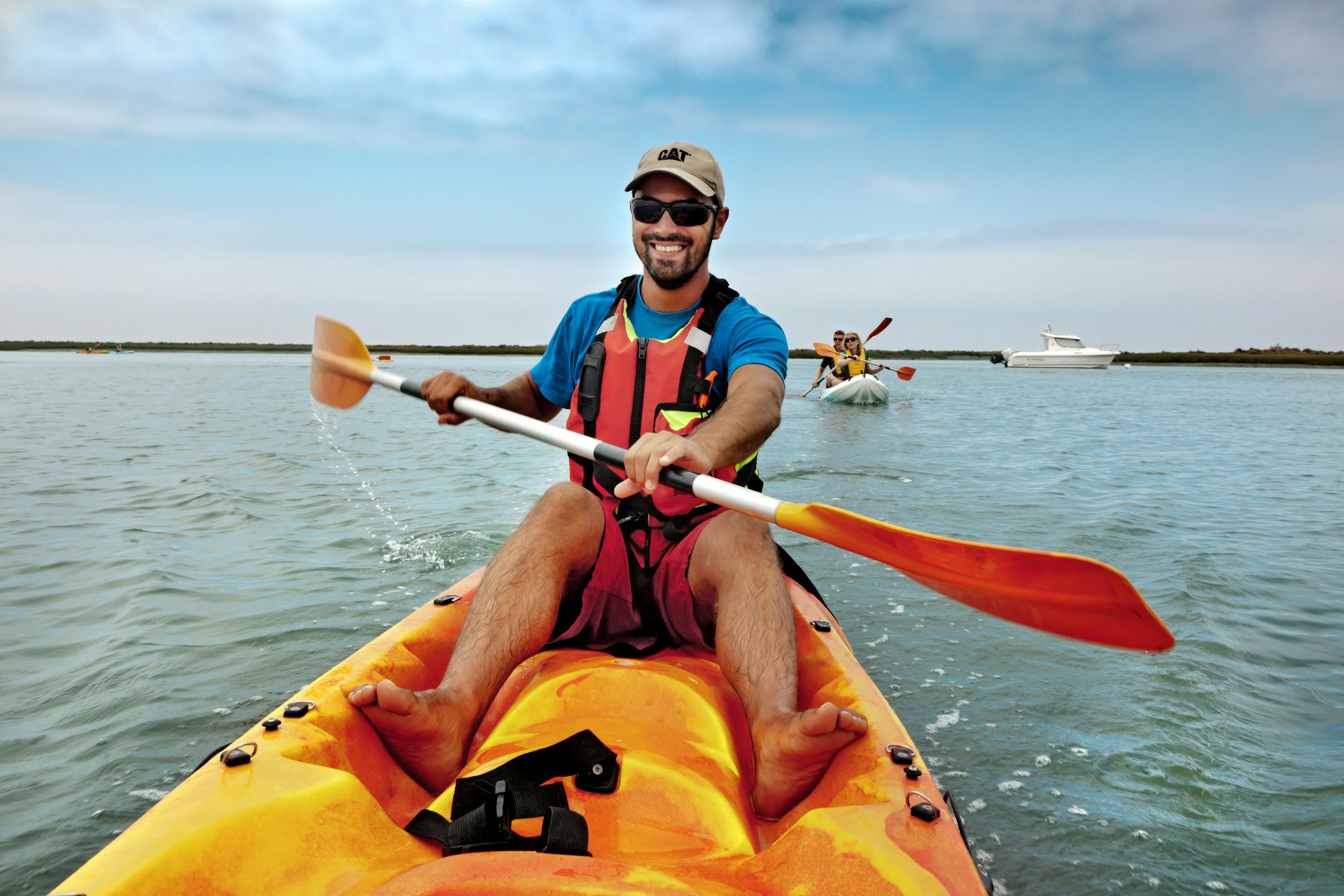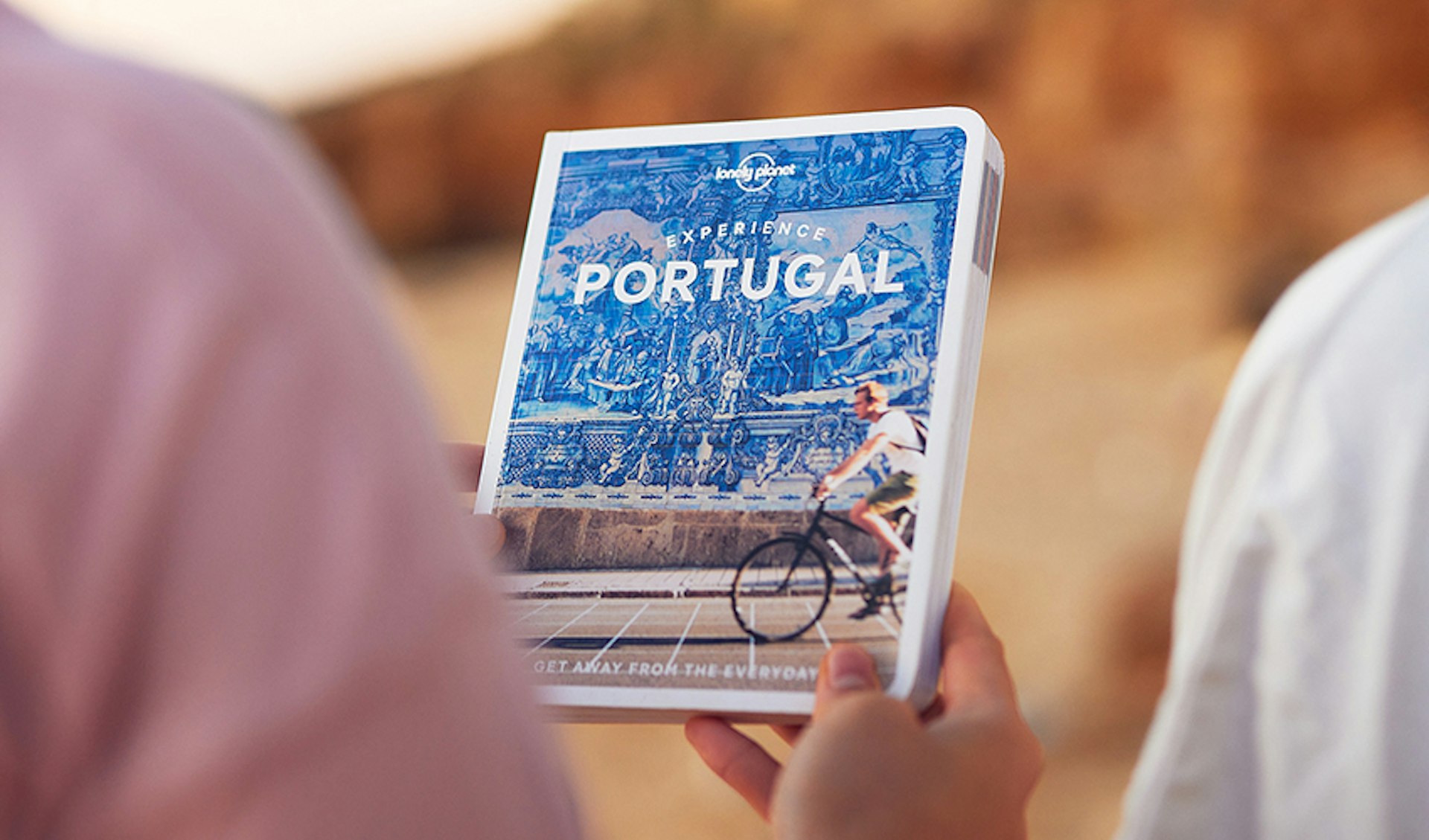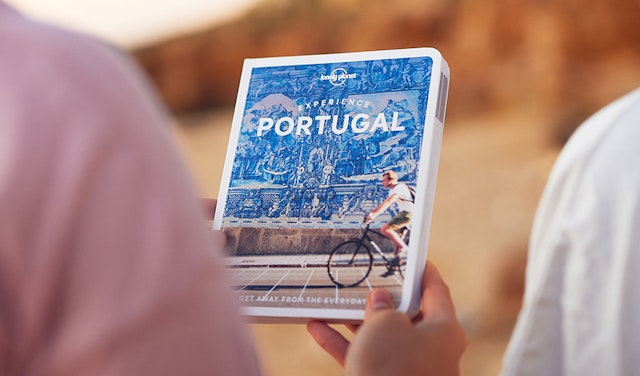Portugal is famed for its inviting beaches and cobblestone city centers – yet the Iberian nation is also home to a wide array of natural attractions, from craggy mountain landscapes to wildlife-filled wetland reserves.
Portugal’s protected wilderness offers countless ways to reconnect with nature and experience some of the country’s most striking scenery. You can hike rugged cliffs high above crashing waves, chat with shepherds while following boulder-strewn highland trails or find your own slice of paradise on a deserted island in the Algarve.
Here are five of our favorite parks and natural areas in Portugal.
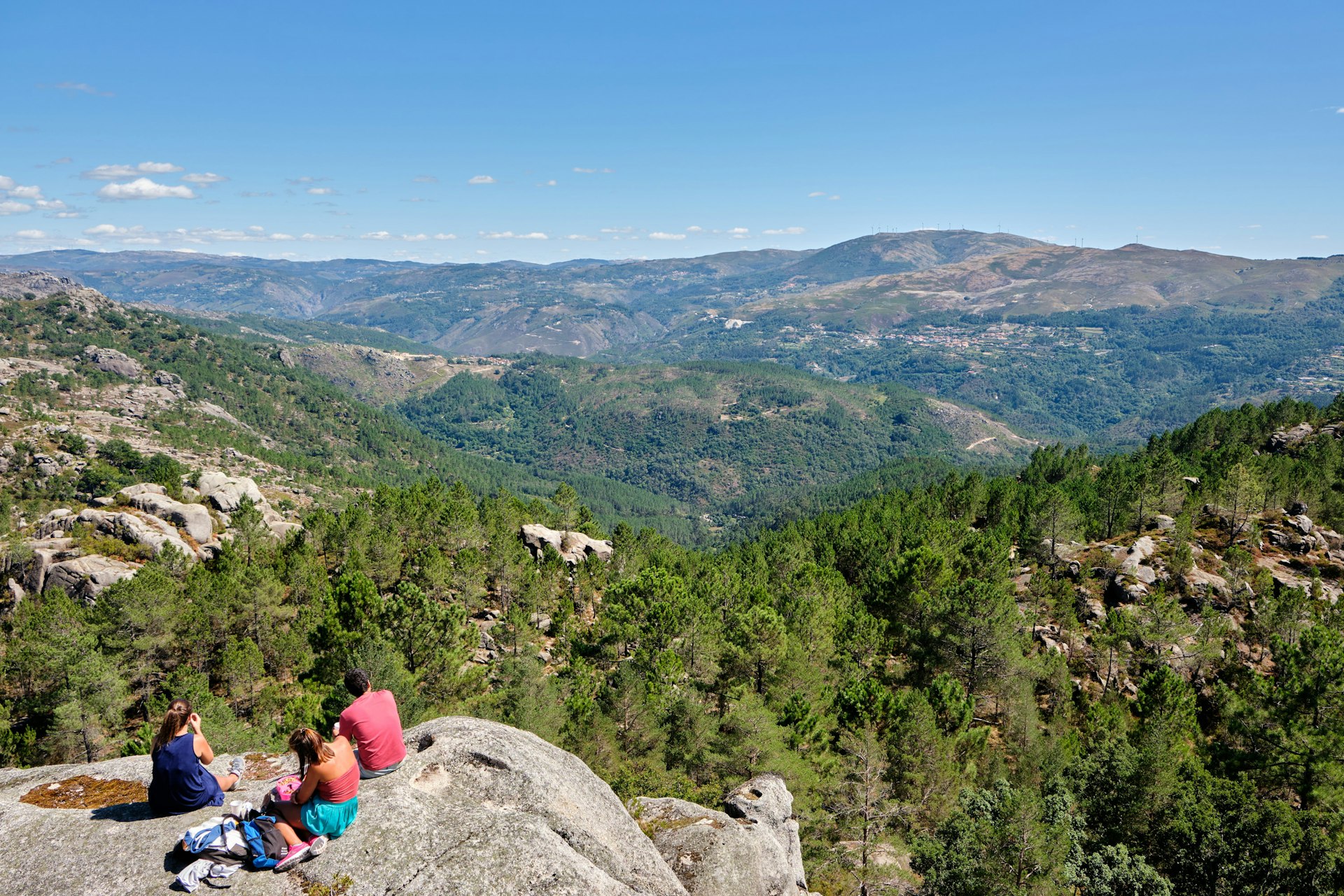
Parque Nacional da Peneda-Gerês is the best place to see traditional culture and wilderness
Wolves and ibex still prowl the upland forests of Parque Nacional da Peneda-Gerês, Portugal’s only designated national park. Stretching across some 700 sq km (270 sq miles) in the far north of the country, this mountainous reserve protects both regional biodiversity as well as the traditional ways of life of the park’s human residents. The reserve is dotted with around 100 tiny granite villages, where you can still see ox-drawn carts and black-clad widows, along with shepherds leading their livestock to higher pastures over the warmer months of the year.
There’s much to see and do here, from hiking 2000-year-old traverses on the Via Geira Roman Road to kayaking along the Cávado River. You can also delve into the past by visiting megalithic sites or exploring medieval fortifications – like the striking 13th-century Castelo de Lindoso overlooking the Spanish border. The attractive spa town of Vila do Gerês makes a great base for adventures, though it’s also worth heading to farther-flung corners of the region like Pitões das Júnias, an isolated mountain hamlet in the eastern section of the park.
You can expect a four-season playground at Parque Natural da Serra da Estrela
The Parque Natural da Serra da Estrela is a year-round destination for outdoor lovers. Leave the modern-day world behind as you follow narrow mountain roads up past high-altitude lakes and craggy overlooks into Portugal’s biggest nature preserve. In April and May, wildflowers blanket the hillsides in shades of yellow and lavender, while in autumn you can see the golden and auburn leaves of birch, beech and chestnut trees light up the forests.
The 890-sq-km (344-sq-mile) park is also home to mainland Portugal’s tallest mountains, making it one of the few places to get reliable snow in the winter. Torre, the highest point in the country (elevation 1993m/6538ft) has Portugal’s only ski resort and offers good value, with ideal slopes for beginners.
Summertime is the best time for hiking, mountain biking and other activities. There are dozens of trails in the area, ranging from short, family-friendly routes to more challenging hikes along the 600km (373-mile) GR22, which passes through the park. The pretty village of Manteigas puts you near 18 different trails (see Trilhos Verdes for details), and also has some of the best lodging and dining options in the park.
Enjoy coastal hikes, surfing and beach-hopping at Parque Natural do Sudoeste Alentejano e Costa Vicentina
The southwest coast boasts some of Portugal’s most dramatic scenery. Picture soaring sea cliffs; rocky, wave-battered coves; and wild hidden beaches reached by unmarked dirt roads. Here, you can hike from village to village along a bit (or all) of the Rota Vicentina, a 227-km (141-mile) path that hugs the shores on a well-marked trail between São Torpes to Sagres.
Of course, you don’t have to come for the hiking to enjoy this pristine corner of Portugal. This is also a top place for surfing, with top surf camps in Carrapateira, Odeceixe and Aljezur, among other places. You can come to relax on some of the prettiest – and least visited – beaches in the Algarve. As in other parts of Portugal, the human-made landscape is also a protected part of the park, and it’s worth visiting the dramatic Fortaleza de Sagres with its 400-year-old buildings and the nearby wind-whipped lighthouse atop the Cabo de São Vicente, Europe’s southwesternmost point.
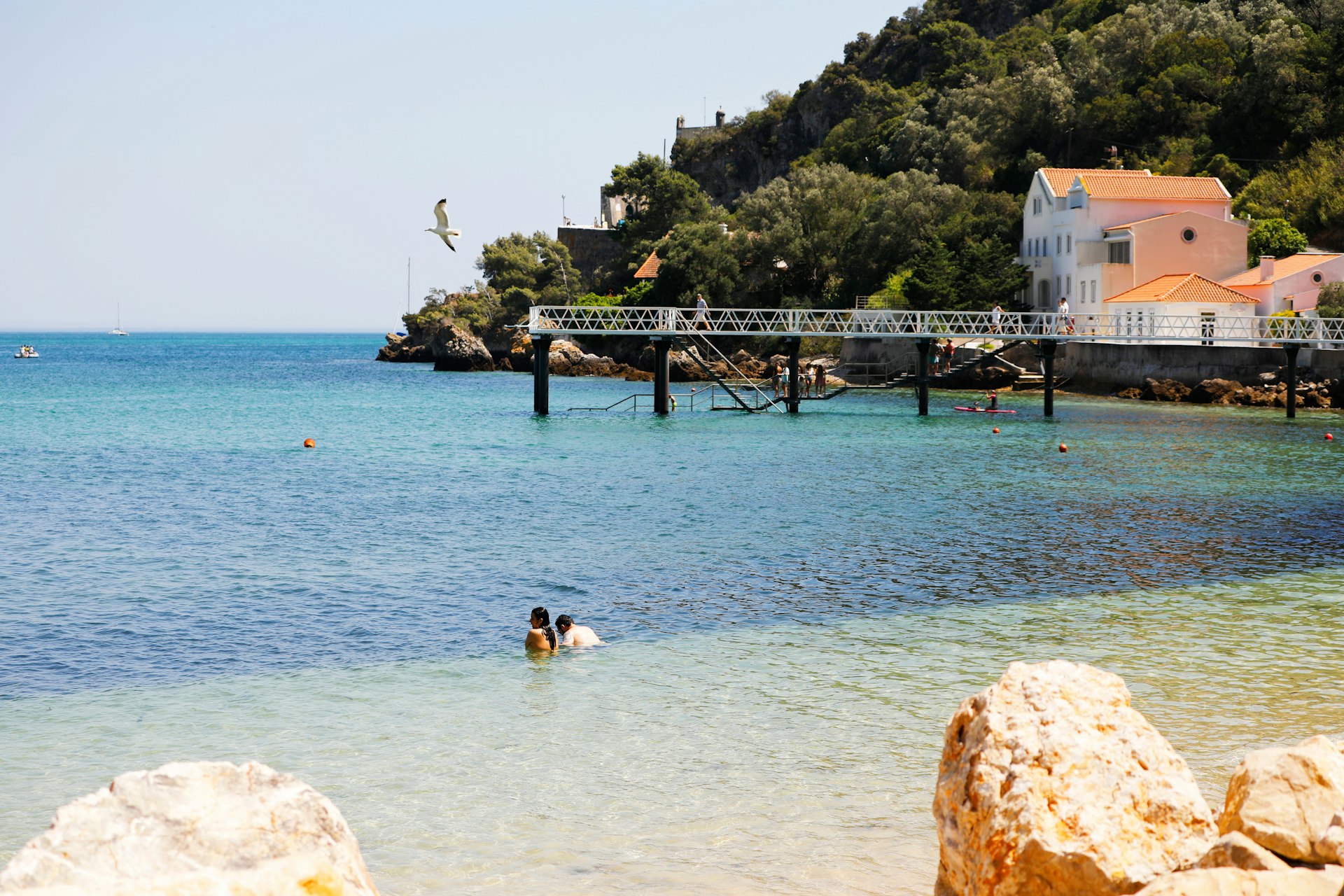
Parque Natural da Arrábida is the best coastal reserve near Lisbon
Less than an hour’s drive south of Lisbon, you’ll find yourself among the forested hills, rugged cliffs and golden beaches of the Parque Natural da Arrábida. Stretching along the southeast coast of the Setúbal Peninsula, this nature reserve is rich in Mediterranean plants, including lavender, olive, pistachio and thyme, and kestrels and eagles soar above its pine-filled hillsides.
Arrábida has some stunning overlooks from its lofty summits. You’ll find the best views from atop the limestone peaks of the Serra do Risco, which, topping out at 380m (1246ft), is the highest point along the Portuguese coast. After hitting the trails, you can cool off with a dip off one of the park’s beaches. With its crystal-clear waters and calm seas, Praia dos Galapos is a great swimming beach, making Arrábida one of the best parks for families.
Explore undeveloped islands at Parque Natural da Ria Formosa
Tucked in the less-traveled eastern part of the Algarve, the 18,000-hectare (44,479-acre) Parque Natural da Ria Formosa encompasses lagoons, marshlands and salt pans. The star attraction is the reserve’s collection of sandy barrier islands, which lie within a short boat ride of towns like Faro, Olhão and Tavira. One of the most isolated, Ilha da Barreta is better known as the Ilha Deserta (Deserted Island) and remains completely uninhabited. You can spend the day basking in clear waters off the island’s 7km (4.3 miles) of beaches and looking for birds on Barreta’s boardwalk trails.
On the mainland, you can sometimes spot various glossy ibis, flamingos and other species along the Ria Formosa’s back lanes, such as the São Lourenço and Ludo trails. For the best chance to see wildlife, though, it’s worth taking a boat or kayak trip through the reserve. Eco-friendly outfits like Formosamar can take you to the heart of this aquatic wonderland, and you might see dolphins or the rare purple swamphen – the symbol of the park – along the way.

